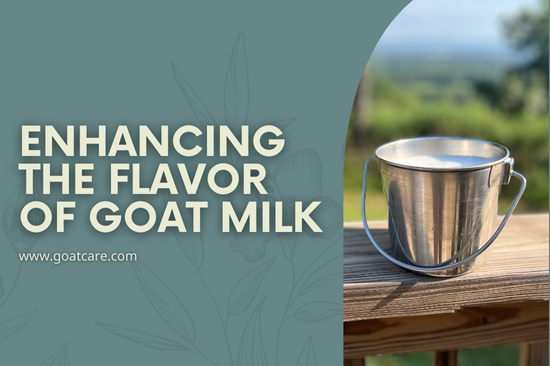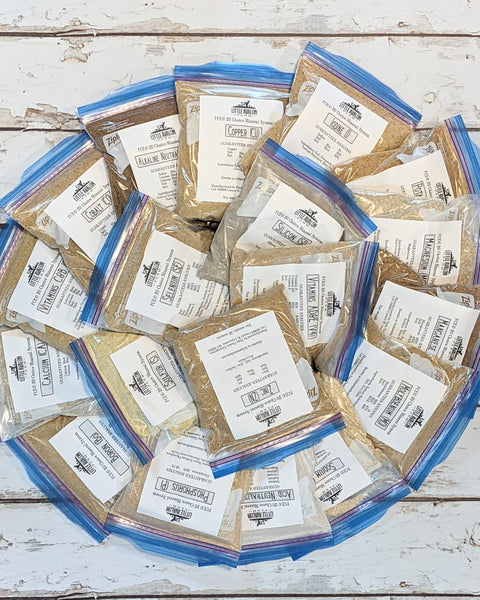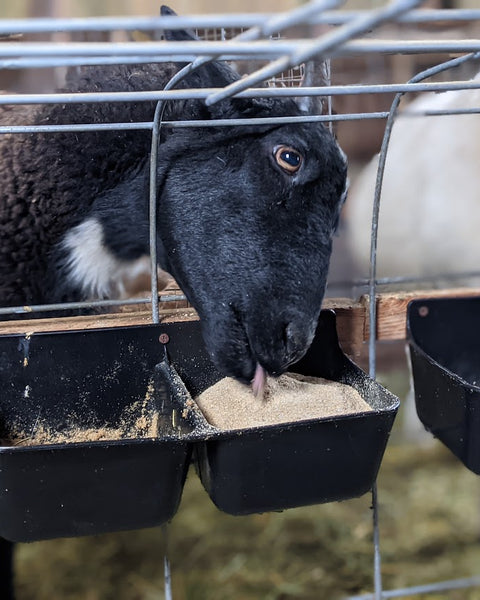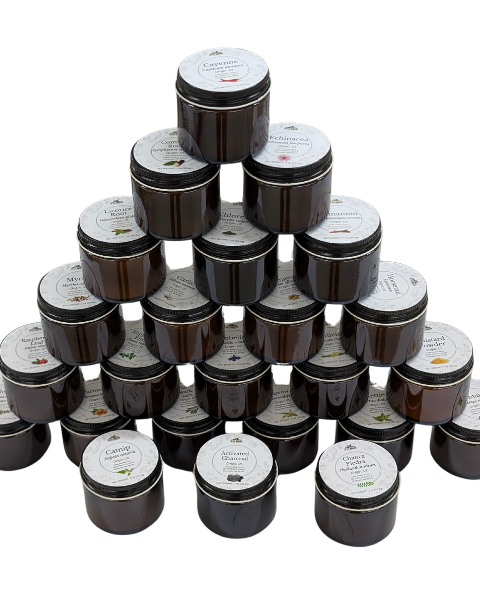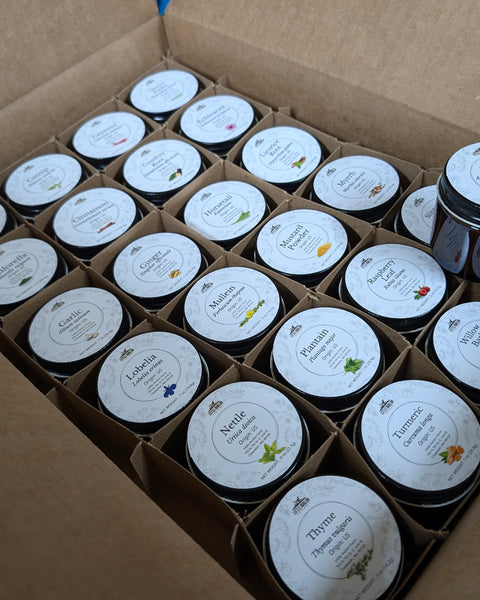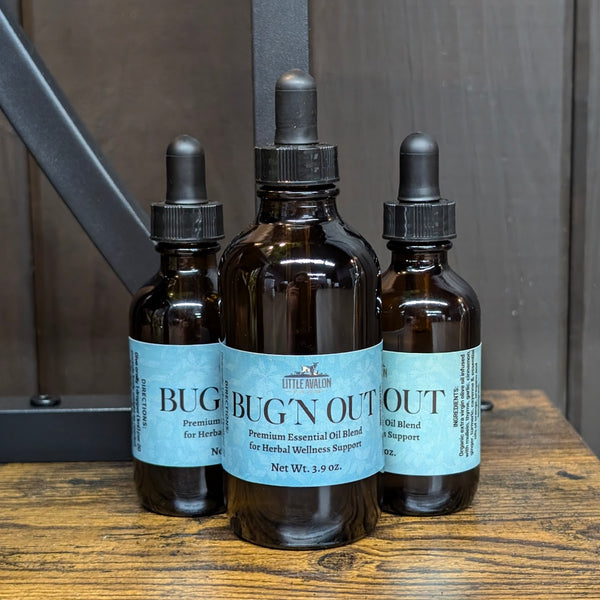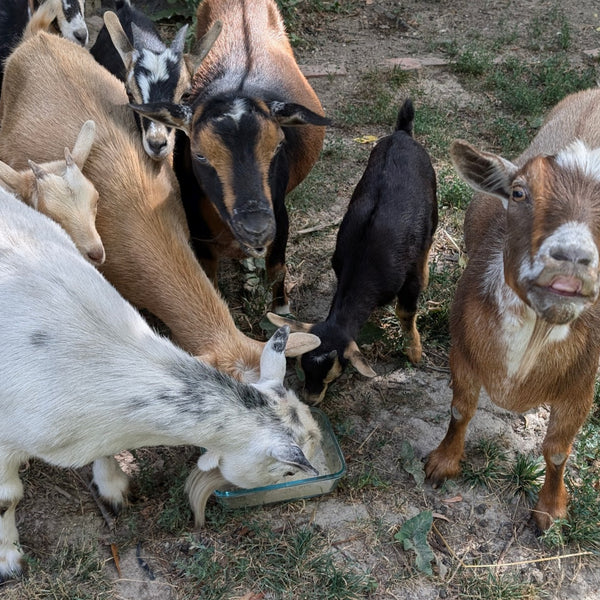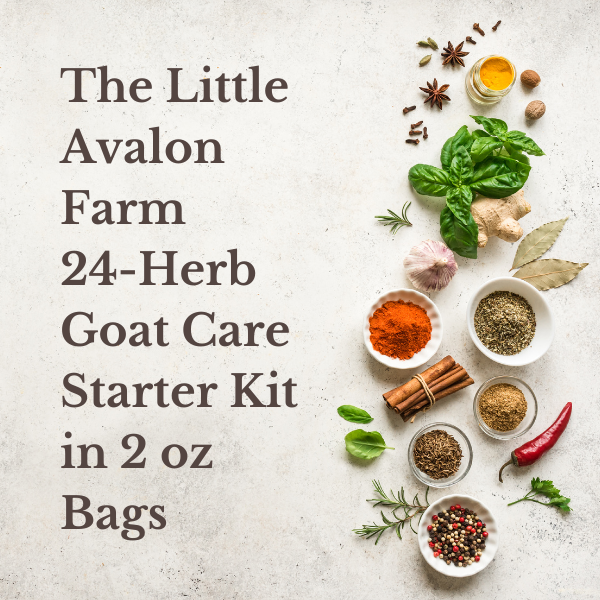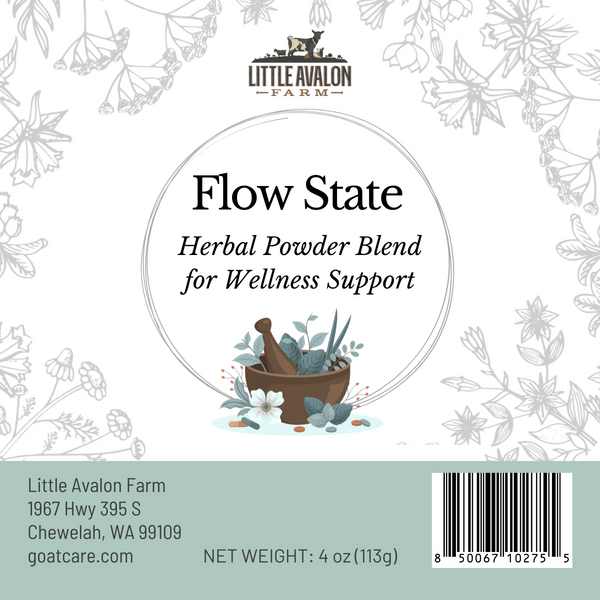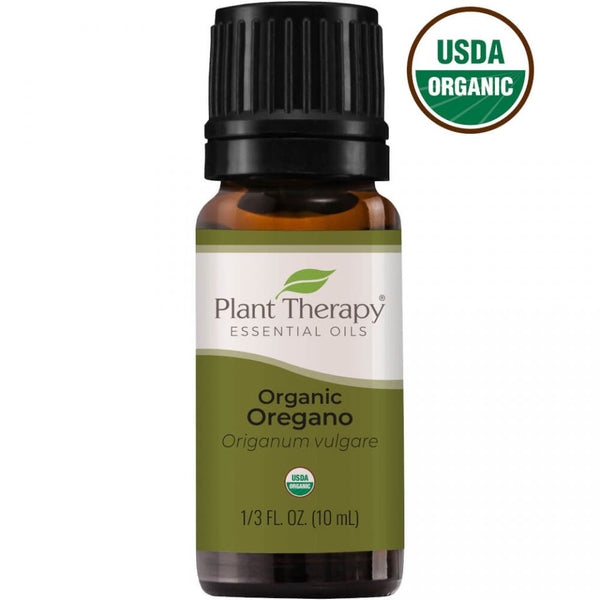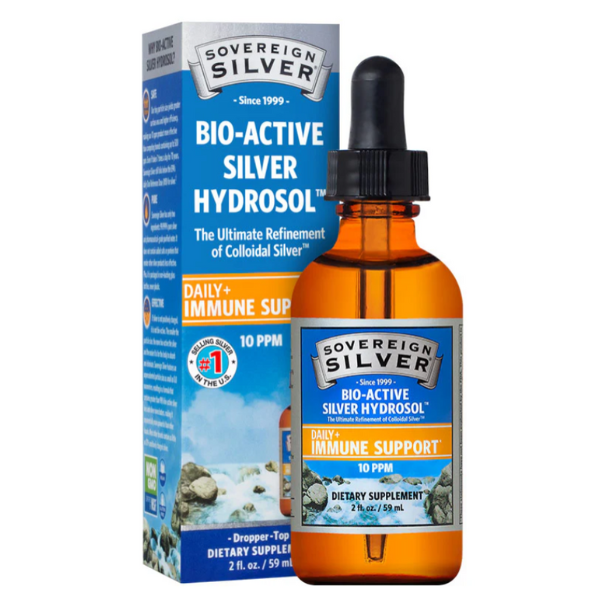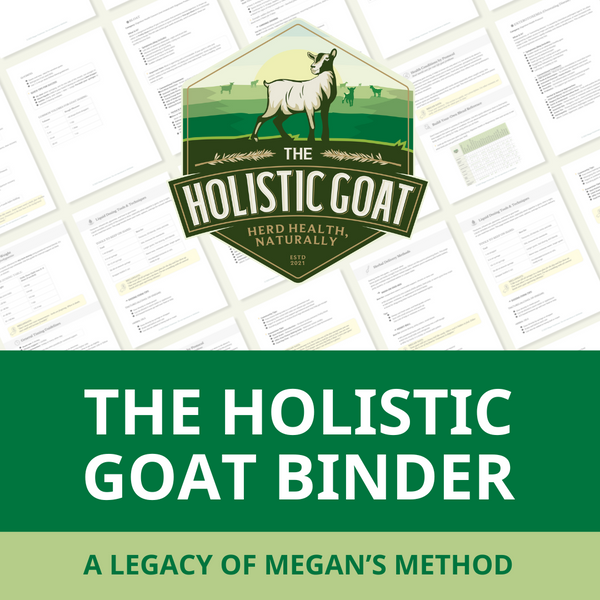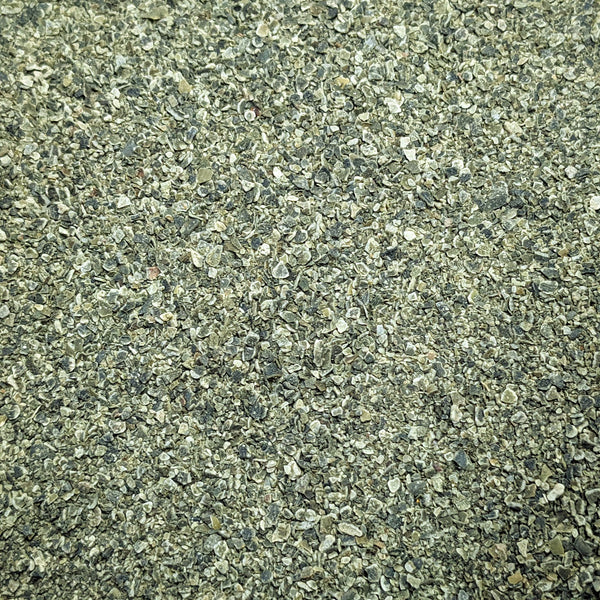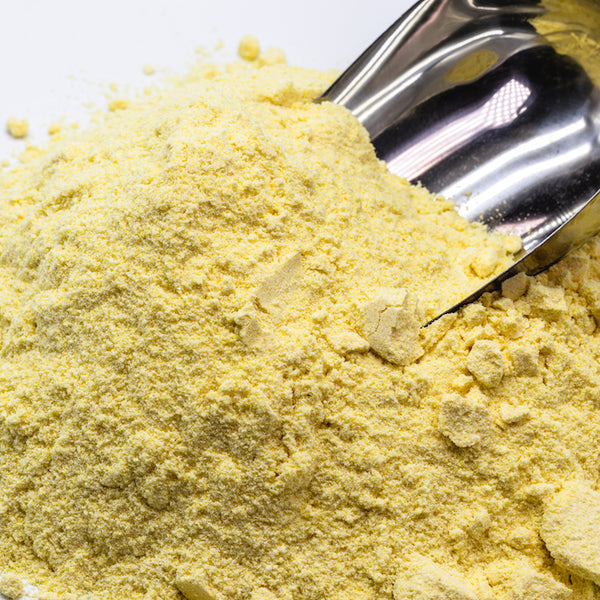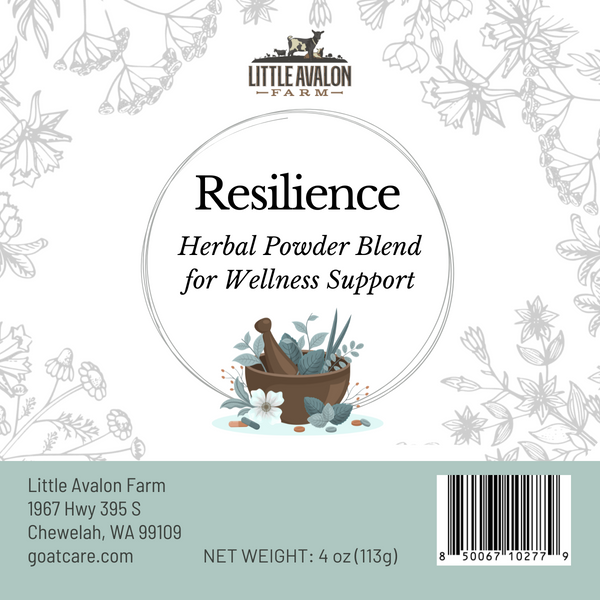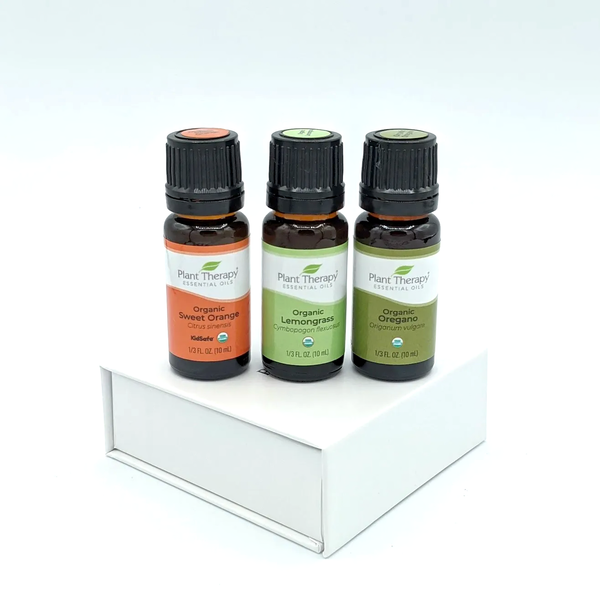Goat's milk, known for its mildly sweet flavor and creamy consistency, is a delightful treat used in various cheeses and other dairy products. However, sometimes that delicious sip can turn into an unpleasant surprise. Several factors influence the flavor of goat milk, and understanding these can help ensure consistently high-quality milk.
Key Factors Influencing Milk Flavor
- Stage of Lactation: The initial milk, known as colostrum, is rich and not very palatable for humans. Generally, goat milk becomes more pleasant after about 10-14 days postpartum as the effects of birthing hormones diminish.
- Nutrition and Mineral Status: Adequate nutrition is crucial for maintaining the health of the doe and the quality of her milk. Ensure goats have access to forage, alfalfa hay, and a balanced grain ration. Mineral deficiencies can negatively affect milk quality, so a well-rounded diet is essential.
- Health and Stress Levels: Health issues such as parasites or mastitis can lead to off-flavored milk and decreased production. Regular health checks and stress management are vital. Use home test kits or lab cultures to detect subclinical mastitis.
- Milk Handling Practices: Cleanliness during milking and prompt cooling of milk are critical. Milking into clean, stainless steel or glass containers and straining milk through a reusable coffee filter before chilling can preserve its flavor.
- Genetics: Some goats naturally produce milk with a stronger flavor due to higher levels of caproic acid. Interestingly, herbal feed additives have been shown to improve the flavor by reducing this compound.
Practical Tips for Milk Handling
-
In the Barn: Dust off the doe’s udder before milking and discard the first few squirts of milk to reduce bacterial contamination. Post-milking, using a teat spray can help prevent bacterial infections.
-
In the House: Strain milk and chill it quickly. Smaller containers cool faster, preserving the milk’s fresh taste. Good hygiene practices, such as using stainless steel or glass equipment, are essential.
Improving Goat Milk Flavor Through Nutrition and Genetics
Herbal feed additives have been found to lower the concentration of caproic acid in goat milk, significantly improving its flavor. Supplements like β-cyclodextrin and lactitol can also reduce the goaty taste, enhancing consumer acceptance. Moreover, the breed of goat and the type of starter culture used in cheese production can influence the milk’s flavor profile.
Conclusion
By understanding and managing these factors, you can ensure your goat milk remains delicious and high-quality. Proper nutrition, health management, and meticulous milk handling practices are key to enhancing the flavor and marketability of goat milk. Experimenting with herbal supplements and considering genetic factors can further refine the taste, making goat milk products more enjoyable for everyone.
